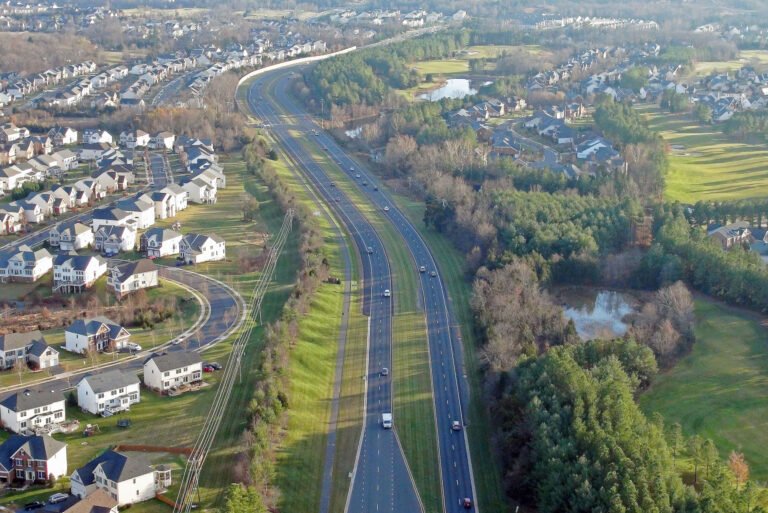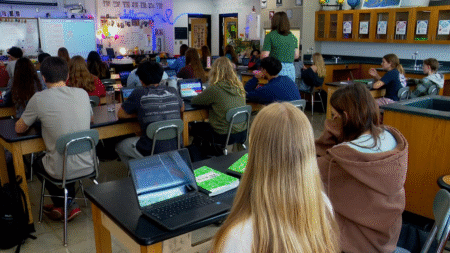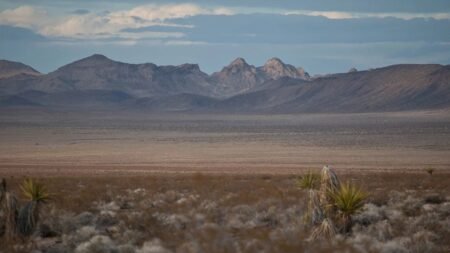James Madison Highway is a significant roadway in the Commonwealth of Virginia, named in honor of the fourth President of the United States and one of the nation’s Founding Fathers. This highway is not a standalone route but is a designation applied to various segments of U.S. Route 15 and, in some parts, U.S. Route 29. Both of these routes cut through the heart of Virginia, connecting small towns, rural communities, and growing suburban areas.
The highway passes through several Virginia counties, including Culpeper, Fauquier, Loudoun, Prince William, and Albemarle. In these regions, James Madison Highway serves as a major north-south corridor. It links the southern parts of the state to the northern edges bordering Maryland, making it an important route for long-distance travel, commerce, and daily commutes.
In Culpeper County, James Madison Highway runs directly through the town of Culpeper, where it has become a recognizable name. The area has seen both growth and challenges, including incidents related to public demonstrations, as the highway often becomes a gathering point due to its accessibility and central location. As a main thoroughfare, it is monitored by local authorities to ensure traffic flow and public safety, especially during events that attract large groups.
Further north, the highway passes through Warrenton, Haymarket, and Gainesville, which are part of the rapidly growing suburbs west of Washington, D.C. In these areas, the James Madison Highway experiences a high volume of traffic, especially during peak commuting hours. Planners have identified it as a priority corridor for improvements due to increasing congestion and safety concerns. Intersections along this route have been studied for better traffic management, including possible roundabouts and traffic signal upgrades to prevent accidents and reduce delays.
The road also stretches through Leesburg, a historic town in Loudoun County, and continues toward Maryland. Many sections of the highway serve as key connectors for residents commuting into Northern Virginia’s economic hubs and government offices. As the population of these areas grows, so does the demand for efficient and safe roadway systems. James Madison Highway is frequently included in transportation studies and development plans aimed at accommodating future growth while preserving historical and environmental integrity.
While its functional role is crucial, the name of the highway carries historical weight. James Madison, a Virginia native, played a central role in drafting the U.S. Constitution and the Bill of Rights. Naming the highway after him reflects Virginia’s long-standing tradition of honoring influential figures from American history through landmark designations. The route, especially as it passes through towns like Orange and Madison County, closely ties to the places where James Madison lived and worked.
The highway is more than just a roadway; it represents a blend of history and modern infrastructure. It brings together the legacy of America’s founding with the practical needs of a growing state. For many Virginians, James Madison Highway is part of their daily life, whether they’re traveling to work, heading to school, or connecting with family and friends across counties.
Travelers on this route can expect to see a mix of farmlands, wooded areas, small towns, and expanding residential developments. The landscape changes as the road moves from central Virginia’s rolling hills to the suburban neighborhoods of the north. While GPS systems and maps typically show this road as US 15 or US 29, local signage often includes the James Madison Highway name, especially in towns that emphasize their historical roots.
Efforts to maintain and improve James Madison Highway continue as both local and state governments recognize its importance. Projects have been proposed to widen lanes, enhance signage, and improve pedestrian access where needed. These upgrades aim to balance the preservation of local character with the region’s evolving transportation demands. As the state grows and more people rely on its roads, the role of James Madison Highway in connecting communities remains vital.







